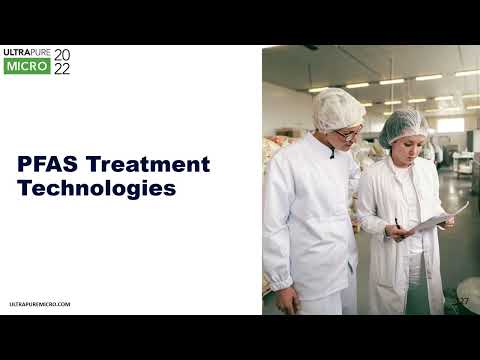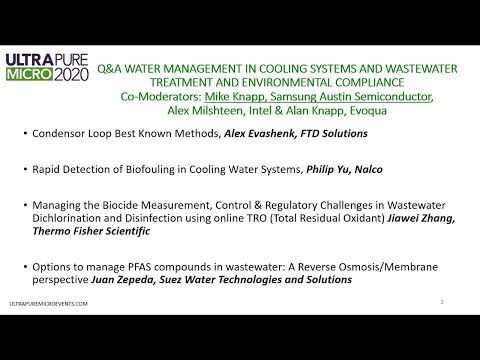An approach for copper and hydrogen peroxide removal from copper CMP and solar cell wastewater
Date Published 2016 | UPW journal archive
Log in or Join UltraFacility to access this content
To access our resources you will need to be a member of UltraFacility, log in to your account or purchase a membership to view this content.
Already have an account? Log in
The advent of copper in integrated circuits in semiconductor manufacturing in the late 1990s led to the need for an efficient, environmentally compliant way to remove copper from wastewater generated from copper mechanical planarization/polishing (CuCMP) processes. CuCMP chemistry involves oxide slurry solids, chelators and other components that complicate traditional precipitation wastewater treatment methods that create a waste solid (i.e., sludge) considered to be hazardous waste by federal and state environmental regulations.
Organizations: Evoqua Water Technologies
Authors: Adam Redding, Tags: WastewaterChemical Mechanical Planarization (CMP)Organic ContaminationEnvironmental Impact and ComplianceCopperIon Exchange
Related content
Conference material | 2018
Development of an Online Urea Monitor for Ultrapure Water Production in Semiconductor Fabrication Plants

Conference material | 2022
PFAS Treatment Management and Design Best Practices
Learning series | 2017
Ion Exchange Resins - How They Work, Why They Work and How They Don't Work

Conference material | 2020
Water Management in Cooling Systems & Wastewater Treatment and Environmental Compliance - Q&A
Back to results